Kruger National Park, South Africa

Kruger Unbound: A Symphony of Survival in Nature’s Grandest Arena
In northeastern South Africa, you’ll find the Kruger National Park, one of Africa’s largest and most renowned wildlife sanctuaries. It was established in 1898 with the primary goal of caring for the area’s animals. Today, it spans a vast area of nearly 20,000 square kilometers across both the Limpopo and Mpumalanga provinces. This park features various areas, including open grasslands, woods, and spots near rivers. These areas are home to a diverse range of plants and animals. Known for its unforgettable wildlife experiences, incredible landscapes, and rich heritage, Kruger National Park offers a memorable safari experience that provides the best of Africa’s natural beauty. The park is renowned for its Big Five, comprising the lion, leopard, rhinoceros, elephant, and buffalo, making it an ideal destination for game viewing and wildlife photography. The best times to spot these majestic animals, along with other animals such as giraffes, zebras, cheetahs, hyenas, and over 500 species of birds, are the early morning and late afternoon safaris.

Kruger National Park, South Africa : A Pilgrimage to Kruger’s Living Cathedral
Historical Background
At the tail end of the 1800s, President Paul Kruger of the South African Republic observed that the wildlife in the Lowveld region was declining. He established the Sabi Game Reserve in 1898. It expanded over time and was established as the Kruger National Park in 1926. James Stevenson-Hamilton, the park’s first director, played a pivotal role in shaping it into what it is today. He went hard against poachers and was all about saving the animals.
Geography and Ecosystems
You’ve got all sorts of living spaces in Kruger National Park, like:
- Savannas: These spots, where grasses rule, and random trees pop up, are where you’ll spot plant-eating critters like zebras and antelopes.
- Woodlands: This is where a dense collection of trees provides cover, and giraffes and elephants congregate.
- Riverine Forests: These lush, green areas, located along the park’s rivers, serve as a haven for birds and aquatic creatures.
The park’s weather shifts from somewhat tropical in the lower parts to full-on tropical up north, which influences where all the plants and creatures set up their homes.
Biodiversity
Kruger National Park’s got a ton of different living things playing host to:
- Mammals: There are about 147 types of mammals here, including the famous Big Five: lions, leopards, elephants, rhinos, and buffalo.
- Birds: More than 500 species of birds live here, making it an ideal destination for birdwatchers.
- Reptiles: There are 114 reptile species, including crocodiles and numerous snakes.
- Amphibians: The park is home to 34 different amphibian species.
- Fish: 49 different fish species swim in the park’s rivers and other water features.
- Plants: Look for 336 kinds of trees, from the tall baobabs in the north to the cool fever trees by the water.
Tourism is guided by trained staff, which is interesting, as they provide information about the park’s ecosystem and animal behavior. Meanwhile, self-driving offers a chance to run tourists through their convenience. The different landscapes of Kruger are equally attractive, ranging from open grasslands and thornveld to riverine forests and rocky outcrops. The Sabi and Limpopo rivers are the lifeblood of the park’s wildlife, attracting elephants, hippos, and flocks of crocodiles. Sightseeing places like God’s Window and Pafuri Picnic Site offer panoramic views of the park’s fantastic landscapes, while the waterholes and dams provide good fishing spots.
Tourism and Activities
Kruger National Park is a top spot for safaris and has cool stuff for visitors to do:
- Game Drives: Guides or tourists drive around to observe animals in their natural habitat.
- Walking Safaris: Expert guides take you on a close-up tour to see plants and animals.
- Bird Watching: The park is home to a diverse array of birds, making it an ideal destination for bird enthusiasts.
- Cultural Sites: More than 100 sites with ancient rock art from the San people.
- Historical Landmarks: You can explore cool old places like the Albasini Ruins and Masorini Village, which tell stories about people from long ago.
Accommodation
Kruger National Park offers a variety of accommodations, catering to budgets of all sizes and preferences.
- Rest Camps: A dozen primary rest spots in the park are equipped with facilities that include places to eat, stores, and gas stations.
- Bushveld Camps: These more minor, tucked-away spots offer a more intimate, nature-centric vibe, although they lack many amenities.
- Private Lodges: Want upscale luxury? Within the park, several private areas offer luxurious accommodations and exclusive tours.
Conservation Efforts
Leading the charge in African preservation, Kruger National Park puts into place diverse schemes:
The park utilizes high-tech equipment and skilled personnel to combat poaching, with a particular focus on saving rhinos. Research projects examine how animals act, their environment, and how the changing climate influences them. Working with the people in nearby towns, the park’s goals are to promote eco-friendly development and raise awareness about the importance of protecting nature.
Visitor Information
- When to Go: April through September, the season with little rain, is the best time to watch wildlife since animals gather at waterholes.
- Getting There: The park has various entry points, and the closest airports are in Nelspruit and Phalaborwa.
- Rules: The park requires visitors to follow its guidelines, such as driving slowly and staying on approved paths, for the well-being of everyone and to protect the wildlife.

Kruger National Park offers a chance to see the vast array of animals and landscapes found on the continent.
Cultural Significance and Human History
Kruger National Park isn’t just about its abundant wildlife; it’s also a repository of South Africa’s human history. Visitors can explore these sites and learn about the cultural tapestry that predates the arrival of colonial times.
- Thulamela Ruins: This late Iron Age stone-walled site represents the advanced craftsmanship of the Venda people.
- Masorini Village: An open-air museum where visitors can see how the early inhabitants used iron smelting techniques for trade and daily life.
Unique Wildlife Experiences
Kruger National Park holds more than just a wealth of animals; it also preserves South Africa’s ancient human heritage. The park is home to archaeological sites like Thulamela Ruins and Masorini Village, where you can glimpse into the past regional life. These significant sites reveal the early African communities’ trade routes and technological expertise. Folks touring can check these places to discover the cultural weave from before the colonial era.
- Thulamela Ruins: Located in the park’s north, this stone-walled site from the late Iron Age showcases the Venda people’s skilled craftsmanship from 1200 to 1600 AD.
- Masorini Village is an outdoor museum that showcases the lives of early people who utilized iron-smelting skills for trading and everyday tasks.
Rad Animal Adventures
Kruger National Park isn’t just about the famous Big Five; it’s got some awesome wildlife adventures that make it pop:
- Night-time Adventures: Dive into the park’s nocturnal world and spot secretive animals like civets, genets, and owls awakening.
- Up-close with Predators: See lions stalking their prey, leopards lounging on branches, and cheetahs dashing over the grasslands.
- Changes with the Seasons: From October to March, the wet season brings a new look to the park, with the landscape turning green and lush, welcoming birds that migrate, and providing herbivores, such as antelopes, with an opportunity to raise their young.
Adventure and Specialized Activities
Kruger National Park offers a wildlife experience that goes beyond the average. For those who crave excitement, consider joining in:
- 4×4 Eco-Trails: Experience the park’s untamed side by navigating through harsh landscapes on multi-day 4×4 adventures, such as the Lebombo Overland Eco-Trail.
- Wilderness Trails: Trek for several days in the park’s untouched wilds, with expert rangers leading the way. They keep you safe and inform you about the bush’s hidden wonders.
- Photography Safaris: These custom trips are ideal for capturing top-notch photos of Kruger’s stunning scenery and wildlife. You also get advice from pro guides.
Luxury and Sustainability
Kruger National Park has something for everyone, whether you want to pitch a tent without breaking the bank or chill in posh hideaways.
- Top-Notch Stays: Places like Singita Lebombo and Sabi Sabi Earth Lodge offer top-notch comforts and solo wildlife tours.
- Green Travel: Many retreats employ eco-friendly practices, such as harnessing the sun for power, reusing water, and supporting local communities.
Education and Awareness
Kruger National Park is a go-to spot for learning about saving nature:
- Learning Spots: Joints like the Skukuza Indigenous Nursery give the lowdown on local plants, and you can learn elephant facts at the Letaba Camp Elephant Museum.
- Kid Ranger Crews: When families visit the park, they can sign up their kids for cool programs that teach them about wildlife care.
Local Communities and Their Role
Kruger National Park has neighbors—a bunch of country towns. Getting along with these individuals is crucial for the park’s success.
- Community-Based Tourism: The Makuleke Contractual Park allows locals to manage parts of Kruger, enabling them to earn a living.
- Craft Markets: Tourists can purchase souvenirs made on-site, supporting local artisans and preserving traditional crafts.
Surrounding Attractions
You will check around Kruger National Park:
- Panorama Route: This route is renowned for its stunning views, offering attractions such as the Blyde River Canyon and Bourke’s Luck Potholes.
- Moholoholo Wildlife Rehabilitation Centre: This center helps animals that have been injured or orphaned, and it is conveniently located near the park.
- Private Game Reserves: If you check out spots like Sabi Sands and Timbavati next door, you can chill with nature in style and receive a bit more VIP treatment.
The Albany Museum and Stevenson-Hamilton Knowledge Resource Centre provide more information on the park’s natural and cultural heritage.
Conclusion
Protection is at the center of the cruel work, with its ecosystem and endangered species, such as the ongoing effort to maintain black and white rhinos. Kruger National Park is the last remaining wild place in Africa that combines animals, history, and exceptional safari tours all in one. Whether you are a globe-trotter or just starting your first animal search, Krugar has an unmatched passion for getting close to nature and exploring its weirdness.
Author
Related posts

Hierapolis & Pamukkale, Turkey
Hierapolis–Pamukkale – Stunning natural beauty and fascinating ancient history Hierapolis & Pamukkale are one of the most spectacular destinations in Turkey, where...
Read out all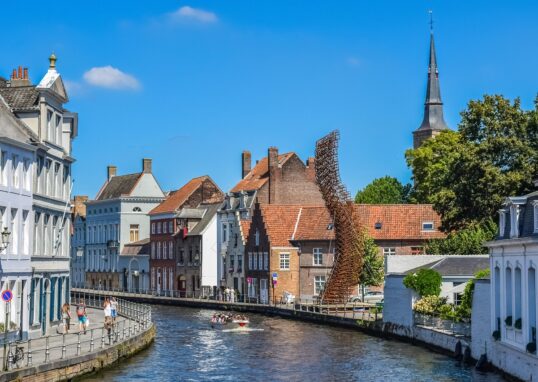
Brugge, Belgium
The Centre of Brugge – The northern part of Belgium The Centre of Brugge, sometimes referred to as the “Historic Centre of...
Read out all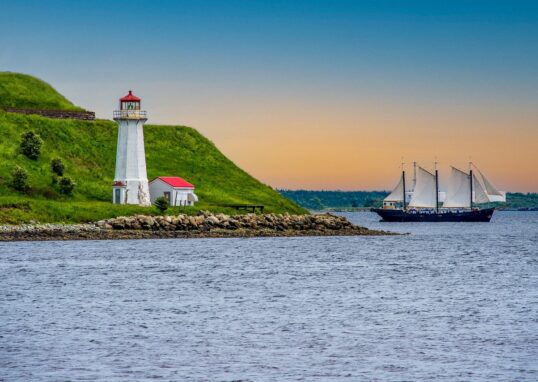
Nova Scotia, Canada
Nova Scotia, Peaceful provinces in Canada Situated on the far eastern side of the country, Nova Scotia is one of the most...
Read out all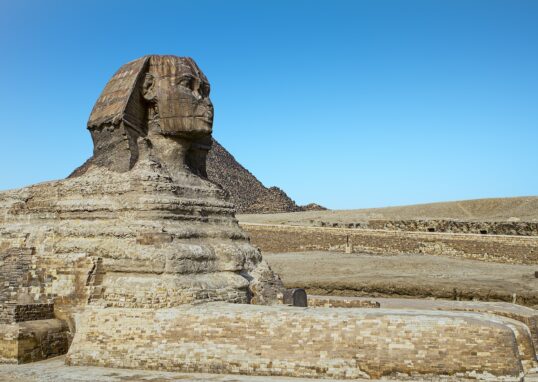
Historic Cairo
Cairo – Fascinating heritage areas in the World Historic Cairo, also known as Islamic Cairo or Old Cairo, is one of the...
Read out all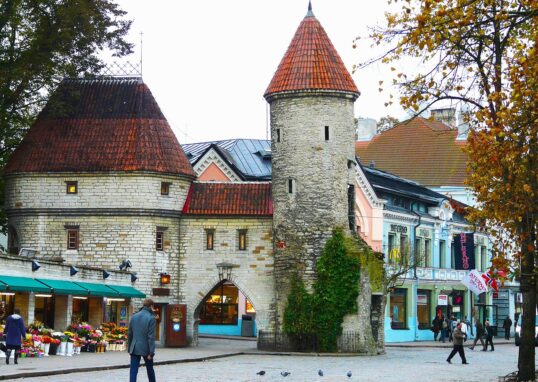
Tallinn, Estonia
Tallinn – A beautiful medieval cities in Europe Tallinn, Estonia’s charming capital, is one of the most beautiful medieval cities in Europe,...
Read out all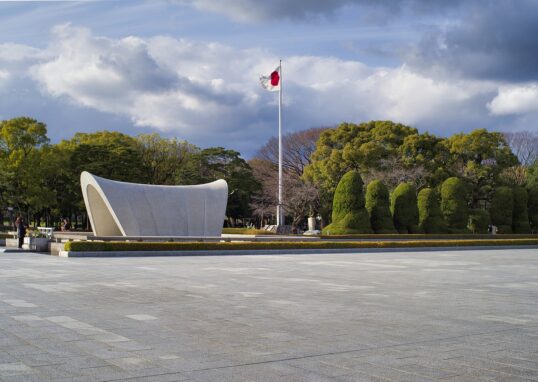
Hiroshima , Nagasaki, Japan
Hiroshima and Nagasaki – Unforgettable place in world history Hiroshima and Nagasaki are two unforgettable cities in world history, located in Japan....
Read out all


